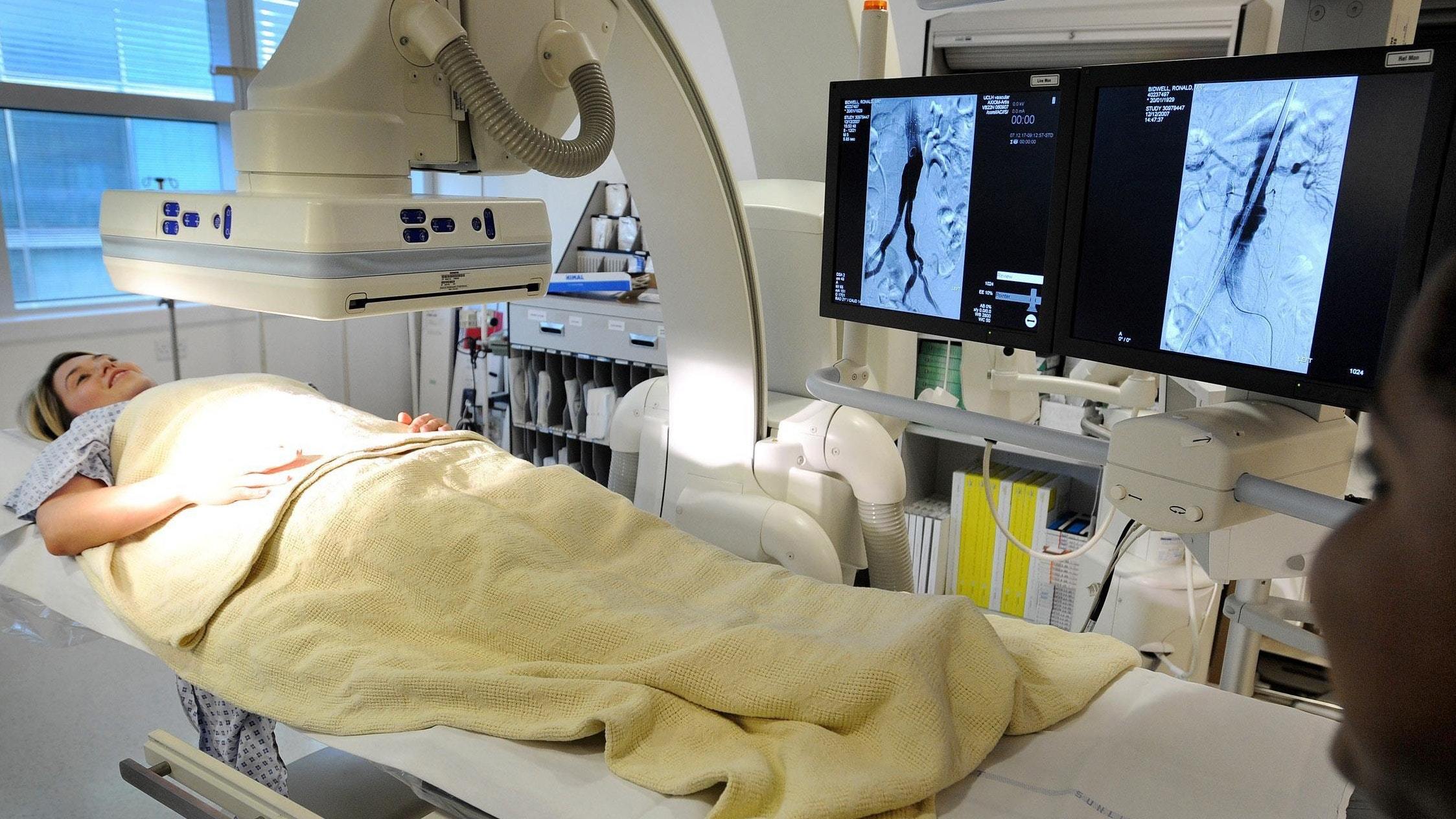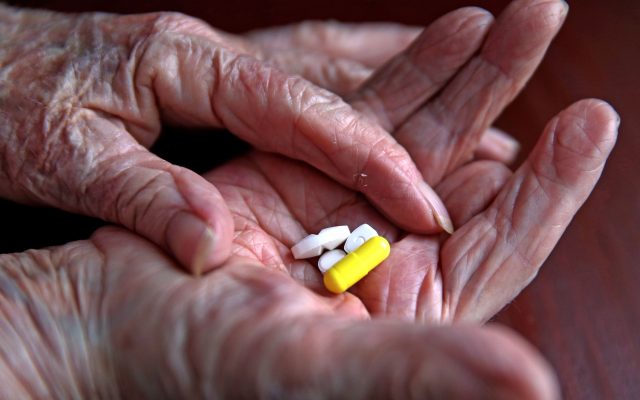
An “exciting” new study has revealed a drug that could help reduce the risk of heart attacks and cut cancer deaths.
More than 10,000 patients took part in a trial using the anti-inflammatory Canakinumab, the results of which were presented at the European Society of Cardiology meeting in Barcelona, Spain.
The patients, all of whom had previously had a heart attack but had not been diagnosed with cancer, were treated with the drug once every three months, and monitored for up to four years.
The Canakinumab Anti-inflammatory Thrombosis Outcomes study, or CANTOS, showed a 15% reduction in the risk of heart attacks and strokes, and cancer deaths cut in half, the hospital where one of the lead authors is based said.

Dr Paul Ridker of Brigham and Women’s Hospital in Boston, said the study “represents a milestone in a long journey”, adding that the findings “usher in a new era of therapeutics”.
He said: “For the first time, we’ve been able to definitively show that lowering inflammation independent of cholesterol reduces cardiovascular risk.
“This has far-reaching implications. It tells us that by leveraging an entirely new way to treat patients – targeting inflammation – we may be able to significantly improve outcomes for certain very high-risk populations.”
The hospital said the reductions in risk were “above and beyond” those seen in patients who only took statins.

Dr Ridker said the study showed another way to prevent repeated heart attacks, through the use of anti-inflammatories.
He said: “In my lifetime, I’ve gotten to see three broad eras of preventative cardiology.
“In the first, we recognised the importance of diet, exercise and smoking cessation. In the second, we saw the tremendous value of lipid-lowering drugs such as statins. Now, we’re cracking the door open on the third era. This is very exciting.”
Gary Gibbons, director of the National Heart, Lung, and Blood Institute, said the results provided a platform on which to carry out further trials and research.

He said: “Although this trial provides compelling evidence that targeting inflammation has efficacy in preventing recurrent cardiovascular events, we look forward to findings from additional trials, such as the NHLBI-funded Cardiovascular Inflammation Reduction Trial, to further refine the best therapeutic strategies for preventing cardiovascular disease.”
In looking at the effects of the drug on cancer, Dr Ridker said the findings indicate “the possibility of slowing the progression of certain cancers” but said further research is required.
The study was funded by Novartis Pharmaceuticals.

Enjoy the convenience of having The Sunday Post delivered as a digital ePaper straight to your smartphone, tablet or computer.
Subscribe for only £5.49 a month and enjoy all the benefits of the printed paper as a digital replica.
Subscribe